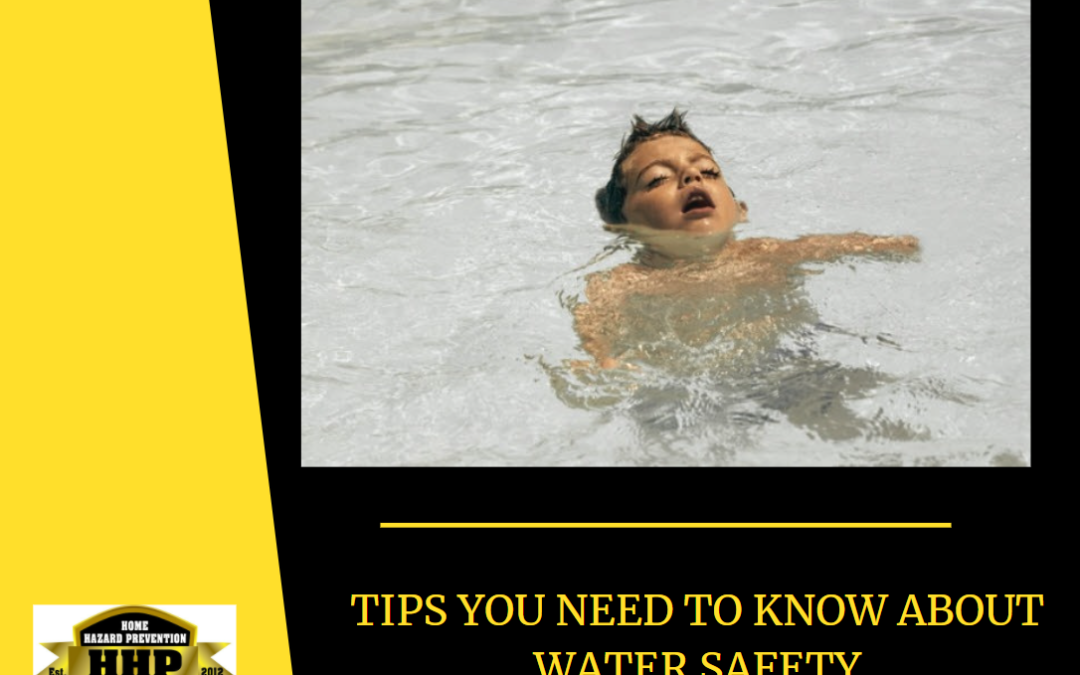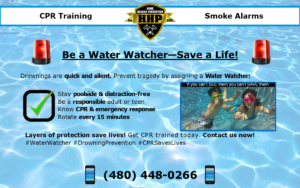Essential Water Safety Tips Every Parent Needs to Know
Water safety is a crucial concern for families, especially considering that drowning is the leading cause of unintentional death in children ages 1-4 and the second leading cause for children ages 5-9 (Centers for Disease Control and Prevention).
In 2023, Arizona recorded 133 drowning incidents, resulting in 57 deaths (12 children and 45 adults). The numbers for 2024 are following a similar pattern (ChildrenSafetyZone.com). These statistics highlight the need for a proactive, multi-layered approach to water safety.
A Multi-Layered Approach to Water Safety
Children are naturally curious and can slip away in an instant. Implementing multiple safety measures provides the best protection against water-related accidents.
- Active Supervision – Always designate a responsible adult as a water watcher. This person should be distraction-free, avoiding cell phones and other activities.
- Pool Barriers – Arizona state law mandates that all pools be enclosed with a barrier at least 5 feet high, featuring self-closing, self-latching gates that open outward (Arizona Revised Statutes 36-1681).
- Door Alarms – Installing chimes or beeping alarms on doors and windows alerts you when someone enters or exits the home, adding an extra layer of security.
- Survival Swimming Lessons – Enrolling children in survival swimming lessons as early as six months old can significantly increase their chances of self-rescue in an emergency. While not a replacement for supervision, these lessons provide an additional safety measure and help build water confidence.
Recognizing the Signs of Drowning
Many people assume drowning victims will be loud and dramatic, but the reality is quite different. Adam Katchmarchi, Executive Director of the National Drowning Prevention Alliance, explains, “A drowning victim in that 20- to 60-second fight for survival is unable to call for help because all of their energy is used to keep their head above water.” (National Drowning Prevention Alliance).
Warning Signs of Drowning:
- Head tilted back with mouth open or head low in the water with the mouth at water level
- Eyes closed or hair covering the face
- Trying to roll onto their back or appearing to climb an invisible ladder
- Attempting to swim without making progress
What to Do in a Drowning Emergency
If a drowning emergency occurs, every second counts. Dr. Vinay Nadkarni, a critical care expert at The Children’s Hospital of Philadelphia, stresses the urgency of immediate action.
- Call 9-1-1 – Emergency responders should be contacted right away.
- Rescue Safely – If possible, throw a flotation device or extend a reaching object instead of jumping in, as a panicked victim may pull you under.
- Begin CPR – If the victim is unconscious and not breathing, start CPR immediately, performing chest compressions, rescue breaths, and utilizing an AED until medical help arrives.
Take Action Today!
Water safety is not something to take lightly. Protect your family by implementing these essential safety measures. If you haven’t already, enroll your child in swimming lessons, install proper barriers and alarms, and educate your loved ones about water safety.
For CPR training and emergency preparedness courses, contact Home Hazard Prevention today! Being prepared can save a life.
*******
For expert firefighter-led safety solutions, trust Home Hazard Prevention to keep your family and business protected. Whether its CPR training, car seat education, or home hazard prevention, “Safety Nick” and his team are here to help-affordably and conveniently. Because when it comes to safety, experience matters! Contact Home Hazard Prevention today at (480) 448-0266 or Nick@HomeHazardPrevention.com
© HHP, LLC 2012-2025


